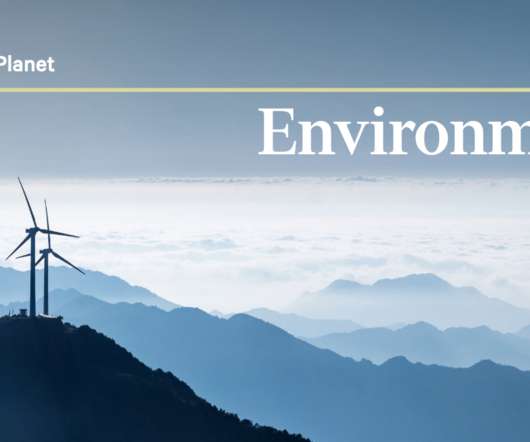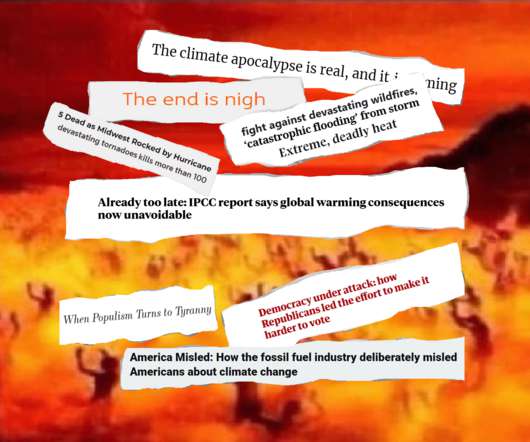CBRE 2021 Corporate Responsibility Report: Environment
3BL Media
MAY 31, 2022
In 2021, CBRE announced our commitment to achieve net-zero carbon emissions by 2040—10 years ahead of the goal set by the Paris Agreement. In addition, we require property managers to register and benchmark office buildings using the EPA ENERGY STAR Portfolio Manager program. million sq. in the ENERGY STAR program. million sq.


















Let's personalize your content